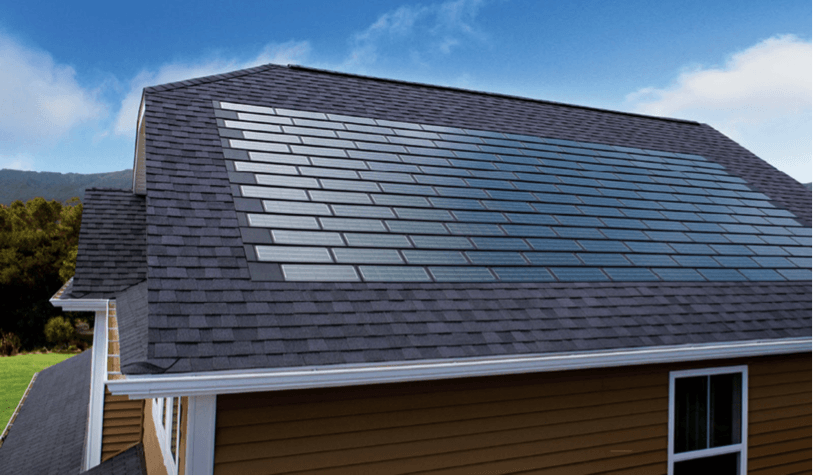
Their roofing tile model based on the DOW solar roof tile the RPS 3.0 tile didn’t catch on and the board of directors decided on chapter 7 instead of 11,13. Just today long standing solar PV company Real Goods Solar or (RGS) filed for chapter 7 bankruptcy. There is a lot more going on here than one realizes. “However, reports have suggested that the solar tile installations meet 100% of the electricity usage of the customers - so, does efficiency actually matter?” So, whether this product can be profitable for Tesla or roofers or provide a return-on-investment for homeowners is another story. Tesla roof installations that we’ve monitored are taking ten days to two weeks to complete.
TESLA ROOF TILES INSTALL
If Tesla’s solar roof is able to meet home power needs because customers are able to install the tiles on a larger proportion of the homeowner’s roof - then the importance of efficiency falls away compared to the effectiveness of the product. It matters up to the point where it meets the needs of electricity users. However, reports have suggested that the solar tile installations meet 100% of the electricity usage of the customers - so, does efficiency actually matter? Still a low value compared to the average residential solar module efficiency of around 18%.

If we assume another 20% off of the height, and 10% off of the width - our efficiency hits 10%. All of the installations show that the solar modules overlay other modules to one side and below. Taking into account the overlap on how the tiles are installed on the roof - we can make another speculative size adjustment. Better, but still at the efficiency levels of the late 1950s. If we assume that the plastic pieces that protrude from the edges of the module are included in the sizing, then we can knock off roughly 10% of the width and 33% of the height – which results in an efficiency of 8.1%. Here is where we speculate a bit based upon limited data and attempt to apply some common sense. The first modern solar cell invented in Bell Labs in 1954 had an efficiency of 4%. Based upon these values on the label (which do not represent the exposed area of the final installed product), the efficiency of the product is 4.9%. In the case of the Tesla solar module specifications, we’re given dimensions of 1140mm x 430mm. Lastly, you divide the module’s rated wattage output (24 W in this case) by the module’s area which should provide the efficiency value.

Second, you divide the module’s area by 1,000 since solar modules are rated based on standard test conditions of 1,000W/m 2.
TESLA ROOF TILES FULL
First, you multiply the length and width of the full solar modules including the non-power producing frame to get the area of the product. In order to figure out the efficiency of a solar module you have to do a little math.


 0 kommentar(er)
0 kommentar(er)
